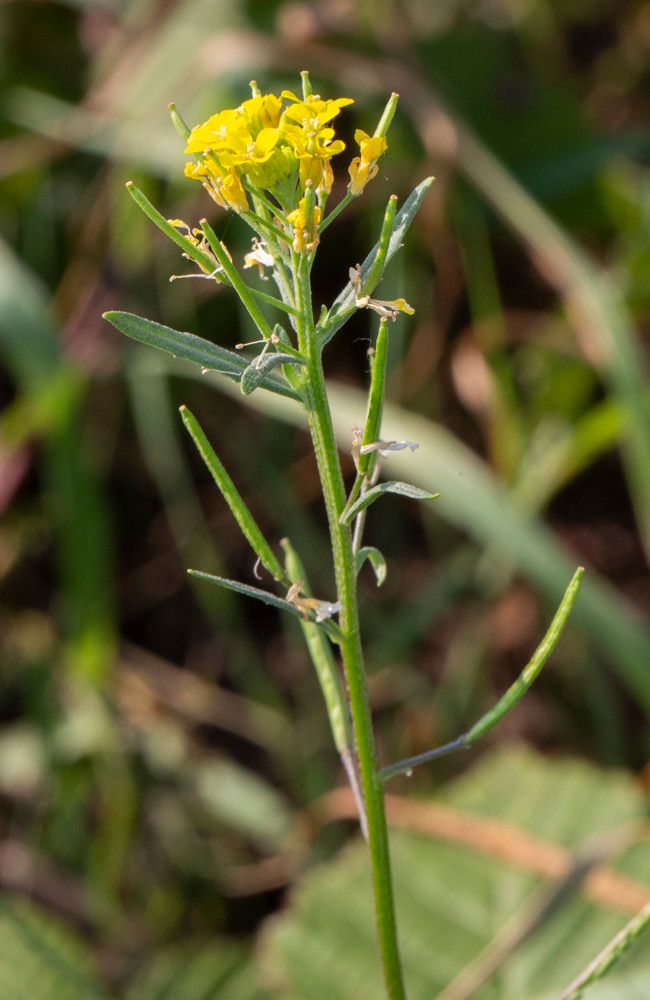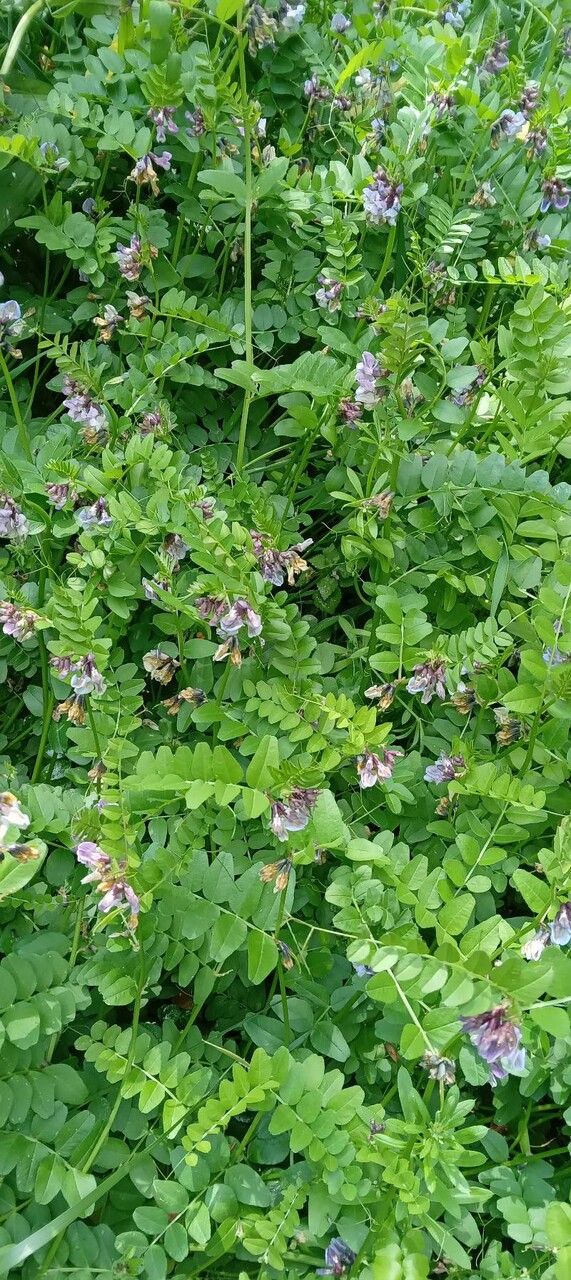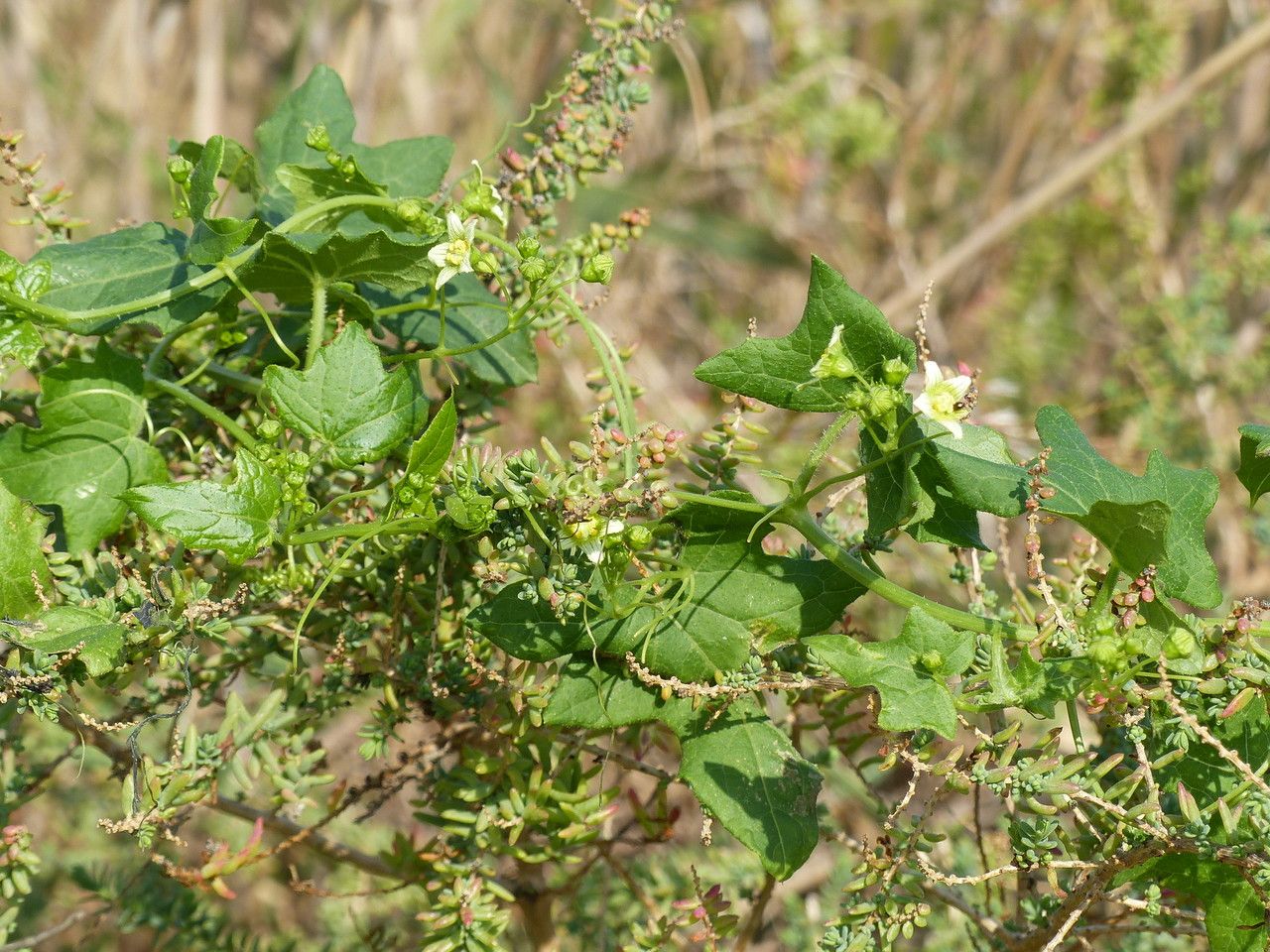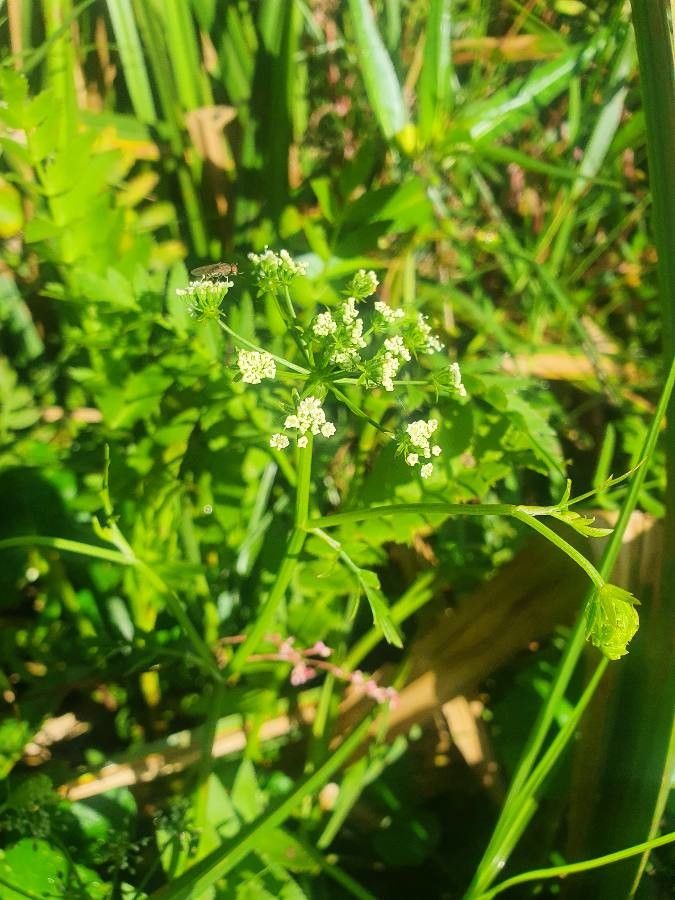## Treacle Mustard: A Gardener's Guide to *Erysimum cheiri*
Treacle Mustard (*Erysimum cheiri*), also known as Wallflower, is a captivating member of the Brassicaceae family, renowned for its vibrant blooms and sweet fragrance. This biennial or short-lived perennial plant offers a delightful display of color, making it a popular choice among gardeners worldwide. This comprehensive guide will explore its cultivation, care, and unique characteristics.
### Botanical Description
Treacle Mustard is typically characterized by its upright, branching habit. It can grow anywhere between 1 and 3 feet tall, depending on the variety and growing conditions. Its lance-shaped leaves are grayish-green, sometimes with a slightly hairy texture. The most striking feature, however, is its abundant flowers. These appear in dense clusters, displaying a wide range of colors, from deep yellows and oranges to rich reds and purples. Their spicy fragrance is particularly strong in the evenings, attracting pollinators like bees and butterflies.
### Habitat and Growth
Native to the Mediterranean region, Treacle Mustard thrives in well-drained soil and full sun to partial shade. Although it tolerates a range of soil conditions, it performs best in slightly alkaline soils, avoiding overly wet or boggy areas. It's relatively drought-tolerant once established, making it a low-maintenance option for busy gardeners. Propagation is primarily through seeds, sown directly into the ground in spring or autumn. Seedlings should be thinned to allow adequate spacing for optimal growth. It is worth noting that this plant prefers a cooler climate.
### Cultivation and Care
To cultivate Treacle Mustard successfully, choose a sunny location with well-drained soil. Amend heavy clay soils with organic matter to improve drainage and aeration. Water regularly, especially during dry spells, but avoid overwatering, which can lead to root rot. Deadheading spent flowers encourages more blooms and prevents self-seeding. Regular fertilization with a balanced fertilizer during the growing season will promote robust growth and abundant flowering.
### Pests and Diseases
Treacle Mustard is relatively pest and disease resistant, but it can be susceptible to cabbage white butterflies and aphids. Regular inspection and prompt treatment with insecticidal soap or neem oil can effectively control these pests. Overwatering can also increase susceptibility to fungal diseases. Good air circulation helps prevent this.
### Uses and Applications
Beyond its ornamental value, Treacle Mustard has a history of medicinal use, although its efficacy is not scientifically proven. Its vibrant flowers make it an excellent choice for borders, rock gardens, and containers. The intense fragrance is also valued in perfumes and potpourri.
### Conclusion
Treacle Mustard is an attractive and relatively easy-to-grow flowering plant that adds a touch of elegance and fragrance to any garden. With proper care, this stunning bloom will reward you with a season of vibrant colors and captivating scent.
Treacle Mustard: A Gardener's Guide

Frequently Asked Questions
How to grow Treacle Mustard from seed?
Sow seeds directly into well-drained soil in spring or autumn. Thin seedlings to allow for proper spacing. Ensure good drainage and adequate sunlight.
What are the best soil conditions for Treacle Mustard?
Treacle Mustard prefers well-drained soil, slightly alkaline, and avoiding overly wet or boggy conditions. Amend heavy clay soils with organic matter to improve drainage.


